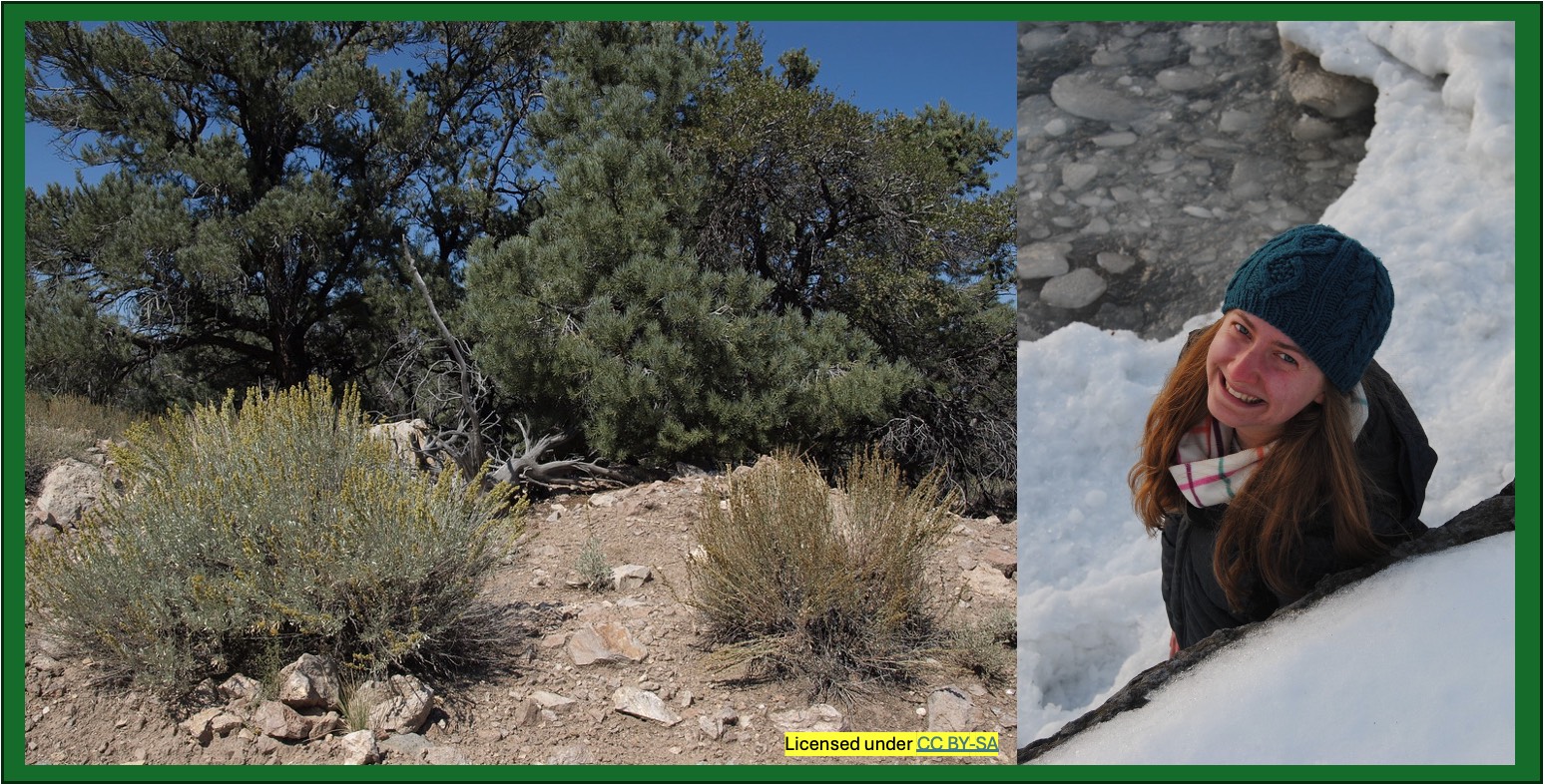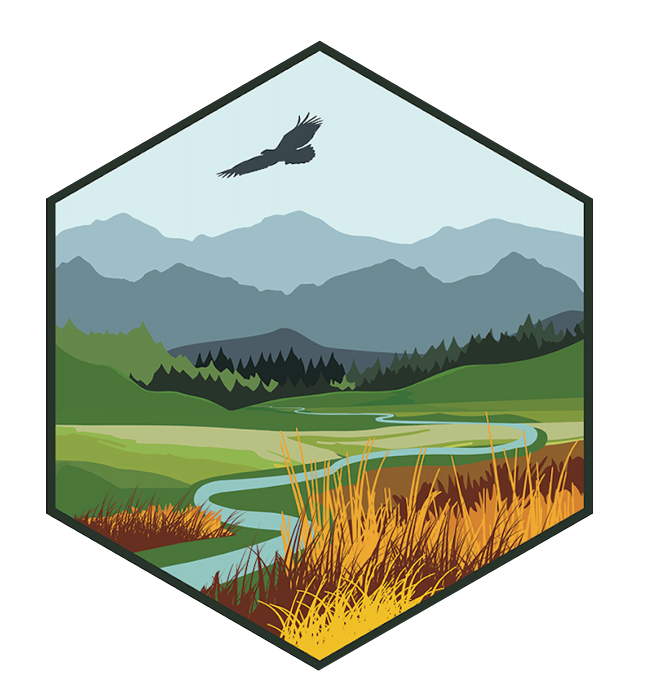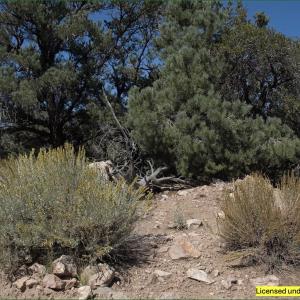Transformation of Sagebrush Ecosystems
Date
Transformation of Sagebrush Ecosystems
By Katie Bardsley
Sagebrush ecosystems are the picture of the American West. Seas of aromatic bushes spread across the dry, cold-desert landscape, functioning as shelter for some species. Birds and rodents nibble on flowers and grasses, and the sage grouse, a species experiencing dramatic population declines, relies on intact sagebrush habitat to perform its iconic mating dance. Not only is ecological integrity in sagebrush communities critical for wildlife, but humans also rely on sagebrush systems for livestock grazing, recreation, water and nutrient cycle regulation, and cultural significance.
Historical deterioration of sagebrush ecosystems has been driven in part by overgrazing and human land use, sagebrush eradication efforts, and conversion by invasive species. Since European settlement, there’s been a nearly 50% reduction across the western US. These already vulnerable landscapes face even greater threats in the face of warming temperatures and changing precipitation patterns.
As part of the Rapid Climate Assessment Program (RCAP), I am working with a team at the NC CASC to understand ecological transformation of sagebrush ecosystems in the states of Colorado, Wyoming, and Montana. The goal of this work is to better understand how to manage sagebrush landscapes into the future, fill research gaps, and initiate discussion around unanswered questions.
Ecological transformation refers to the process by which communities are altered beyond the bounds of their historic variability in ways that cannot easily be reversed. For example, an ecosystem may be considered transformed when native plants are highly suppressed by invasive species that have dramatically and irreversibly altered the community. By understanding the drivers and processes of ecological transformation, we are better equipped to address ongoing conservation challenges.
Within sagebrush ecosystems, invasive annual grasses, predominantly cheatgrass (Bromus tectorum), are currently the primary drivers of ecological degradation. Above-ground growth of annual herbaceous plants, many of which are invasive species, has tripled since the early 1990s. Cheatgrass is a particularly daunting foe given its ability to germinate in the winter when it faces limited competition for resources, thus getting a head start. It is also able to grow and reproduce quickly, especially after disturbances like fire or grazing.
While cheatgrass is a force to be reckoned with, no threat to the sagebrush ecosystem acts in isolation. Invasive species like cheatgrass are known to interact with wildfires and changes in climate to start devastating and perpetuating cycles of destruction. Encroaching trees, cattle overgrazing, and human development also contribute to the team of drivers leading to ecological transformation.
Extensive work has been done to understand threats and predict what might happen across the sagebrush landscape under future conditions, yet knowledge gaps remain. For example, additional discussion and research is needed to understand (1) what kind of transformation is acceptable in these systems, (2) how to best navigate model uncertainty when predicting future vegetation response and planning management actions, and (3) whether other invasive species will become more pervasive and problematic under changing conditions. This synthesis project, along with an August 2024 workshop with similar goals, will inform a long-term NC CASC research and science synthesis effort to help address these and other open questions for the future of the sagebrush biome.
About the Author:
Katie Bardsley is a PhD student in the Ecology and Evolutionary Biology Department and the Interdisciplinary Quantitative Biology certificate program at CU Boulder. Her research explores how plants respond and adapt to environmental change, and she's particularly excited about applying computational tools to address ecological questions. Katie has a background in plant biology, statistics, and ecological genomics and is enthusiastic about approaching her work from an interdisciplinary perspective.



